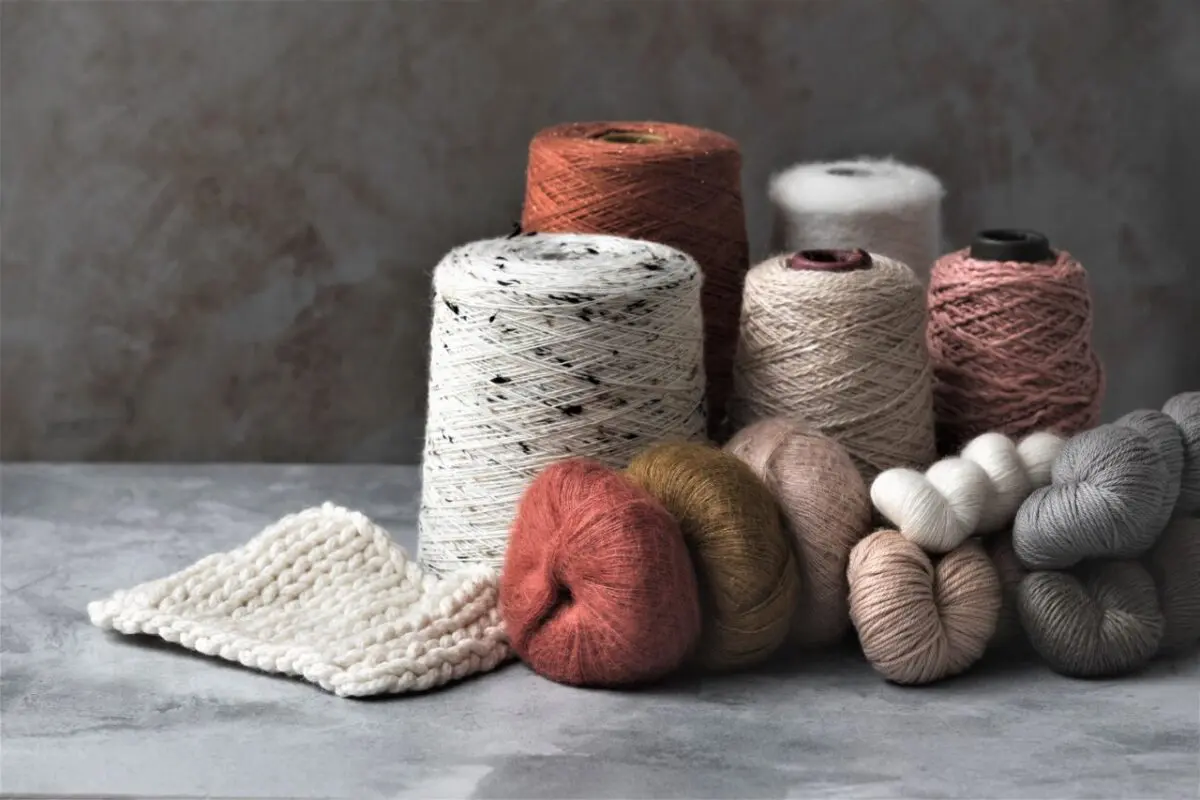South Africa, with its rich cultural heritage and diverse natural resources, boasts a vibrant tradition of textile production. Among the most celebrated materials are those derived from local animal fibers, which have been integral to South African craftsmanship for centuries. This article delves into the preferred animal fiber textiles of South Africa, highlighting their significance, applications, and the innovative strides being made in their use.
The Significance of Animal Fibers in South African Textiles
Animal fibers have long been cherished in South African textiles for their warmth, durability, and unique aesthetic qualities. These fibers are not only integral to traditional crafts but are also gaining renewed interest in contemporary fashion and design. They represent a blend of historical craftsmanship and modern innovation, reflecting both the rich cultural heritage and the forward-thinking spirit of South Africa.
Key South African Animal Fibers
1. Mohair
Mohair, derived from the Angora goat, is one of the most renowned animal fibers in South Africa. Known for its lustrous sheen and exceptional softness, mohair is often used in high-quality textiles, including clothing, blankets, and upholstery. South Africa is one of the world’s leading producers of mohair, and the fiber’s versatility makes it a popular choice for both traditional and modern designs.
- Characteristics: Mohair is known for its strength, elasticity, and natural sheen. It is also highly breathable, making it ideal for both warm and cool climates.
- Uses: Mohair is used in a range of products from luxurious sweaters and scarves to fine upholstery and high-end carpets. Its durability and aesthetic appeal make it a sought-after material in both fashion and interior design.
2. Wool
Wool, particularly from Merino sheep, is another staple in South African textiles. Merino wool is prized for its fine texture and insulating properties. It is commonly used in everything from everyday clothing to specialized outdoor gear. The South African wool industry focuses on producing high-quality wool that meets both local and international standards.
- Characteristics: Merino wool is soft, breathable, and has excellent moisture-wicking properties. It is also naturally elastic and resilient, making it a durable choice for various applications.
- Uses: Wool is used in a wide range of products, including sweaters, suits, blankets, and rugs. Its versatility makes it suitable for both casual and formal wear, as well as for home furnishings.
3. Alpaca
While alpaca fibers are less common than mohair and wool, they are gaining popularity in South Africa. Alpaca fiber is known for its softness, lightweight nature, and insulating properties. It is often used in luxury garments and accessories.
- Characteristics: Alpaca fiber is hypoallergenic, incredibly soft, and has a unique sheen. It is also warmer than wool and less prone to pilling.
- Uses: Alpaca fiber is used in high-end clothing items such as sweaters, shawls, and blankets. Its softness and warmth make it a favored choice for luxury textiles.
The Role of Sustainable Practices
In recent years, there has been a growing emphasis on sustainability within the South African textile industry. Producers are increasingly adopting eco-friendly practices to minimize environmental impact and promote ethical production. This includes responsible sourcing of animal fibers, implementing sustainable farming practices, and reducing waste through innovative recycling techniques.
For example, some mohair producers in South Africa are focusing on improving animal welfare and ensuring that their production methods do not harm the environment. Similarly, wool producers are exploring ways to reduce water usage and improve the sustainability of their operations.
Innovations in South African Animal Fibers
The South African textile industry is not only preserving traditional techniques but also embracing innovation. Designers and manufacturers are exploring new ways to incorporate animal fibers into modern fashion and home decor. This includes:
- Blending Fibers: Combining animal fibers with other materials to create unique textures and properties. For example, blending mohair with silk or cotton can produce textiles with enhanced durability and a luxurious feel.
- Modern Designs: Incorporating traditional animal fibers into contemporary fashion designs. South African designers are experimenting with mohair and wool in innovative ways, creating garments that reflect both heritage and modernity.
- Sustainable Innovations: Developing new methods for processing and recycling animal fibers to reduce waste and promote sustainability. This includes using natural dyes, improving energy efficiency in production, and exploring closed-loop systems.
Conclusion
South African animal fiber textiles are a testament to the country’s rich cultural heritage and its commitment to innovation. Mohair, wool, and alpaca fibers each bring unique qualities to the world of textiles, contributing to a diverse and vibrant industry. As South Africa continues to embrace sustainable practices and explore new design possibilities, animal fibers will remain at the heart of its textile tradition, blending the old with the new to create textiles that are both beautiful and functional.



